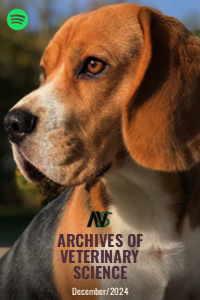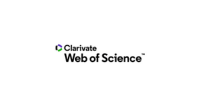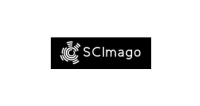BODY AND HOOF BIOMETRICS OF MANGALARGA MARCHADOR EQUINE ATHLETES PARTICIPATING IN EXHIBITIONS
DOI:
https://doi.org/10.5380/avs.v29i4.96588Resumo
The biometric evaluation of equine athletes is important to determine their morphological condition, and even more so when it comes to show animals. These evaluations analyze the proportionality of the body, observed as a whole or individually, to determine its adaptive functions. The aim of this study was to take biometric measurements of Mangalarga Marchador horses participating in an agricultural show in the state of Alagoas, to assess their morphometric indices, groin proportions and claw angulation. Eighty-two animals were used, divided into four groups, M1, M2, F1 and F2. Using a tape measure and a hoof Angulo meter, various measurements were collected, tabulated, their means and standard deviation calculated and then submitted to statistics. The result was that all the groups had contracted grooves, a short, eumetric conformation, that the young animals were suitable for saddling and the adults for light traction, and that both the clamp angles and the load indices were lower than those consulted, except for M2. The linear indices, when compared to the biometric measurements, showed greater proximity to the data, disregarding variations in gender and age. There was no significant difference between the groups. As a result, the young animals did not conform to the values in the literature, compared to the adult animals, where the majority did, especially the adult males, both in terms of measurements and indices. Overall, the females had better hoof biometrics and the males better body biometrics.
Downloads
Arquivos adicionais
Publicado
Como Citar
Edição
Seção
Licença
Copyright (c) 2025 Archives of Veterinary Science

Este trabalho está licenciado sob uma licença Creative Commons Attribution-ShareAlike 4.0 International License.
Autores que publicam nesta revista concordam com os seguintes termos:
- Autores mantém os direitos autorais e concedem à revista o direito de primeira publicação, com o trabalho simultaneamente licenciado sob a Creative Commons - Atribuição 4.0 Internacional que permite o compartilhamento do trabalho com reconhecimento da autoria e publicação inicial nesta revista.
- Autores têm autorização para assumir contratos adicionais separadamente, para distribuição não-exclusiva da versão do trabalho publicada nesta revista (ex.: publicar em repositório institucional ou como capítulo de livro), com reconhecimento de autoria e publicação inicial nesta revista.
- Autores têm permissão e são estimulados a publicar e distribuir seu trabalho online (ex.: em repositórios institucionais ou na sua página pessoal) a qualquer ponto antes ou durante o processo editorial, já que isso pode gerar alterações produtivas, bem como aumentar o impacto e a citação do trabalho publicado.














